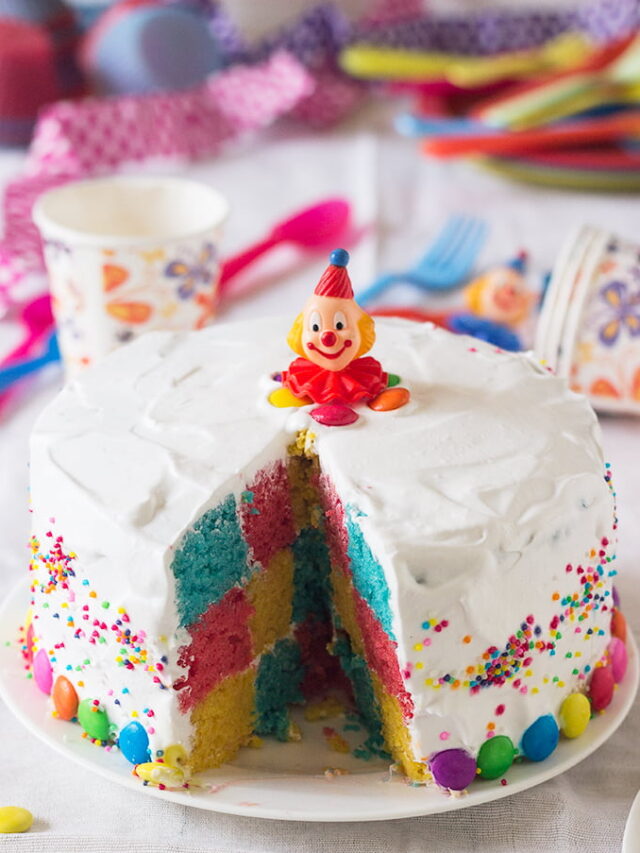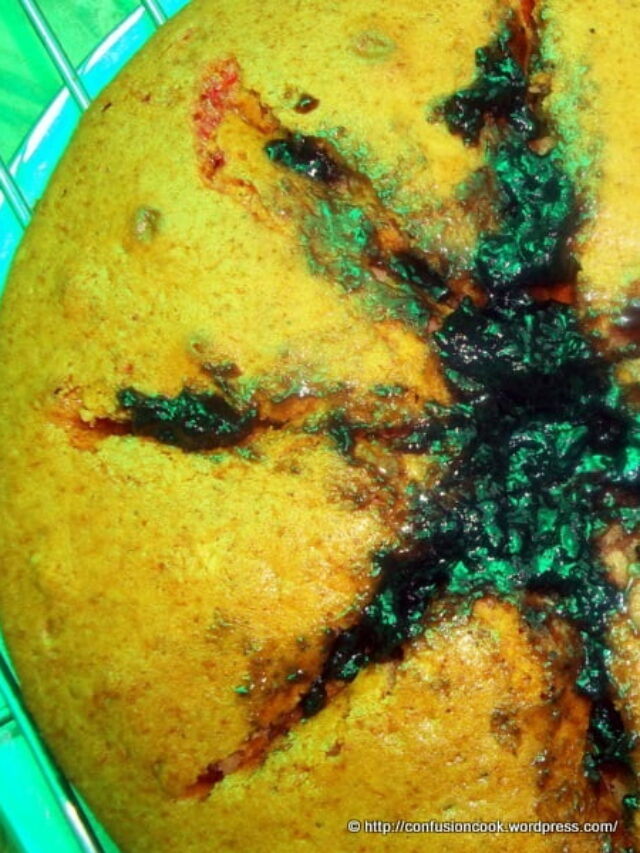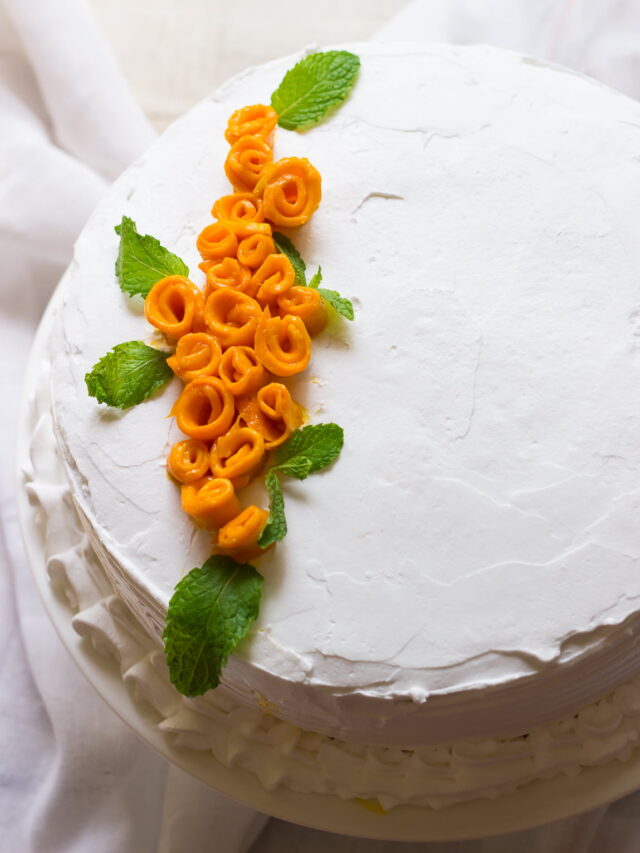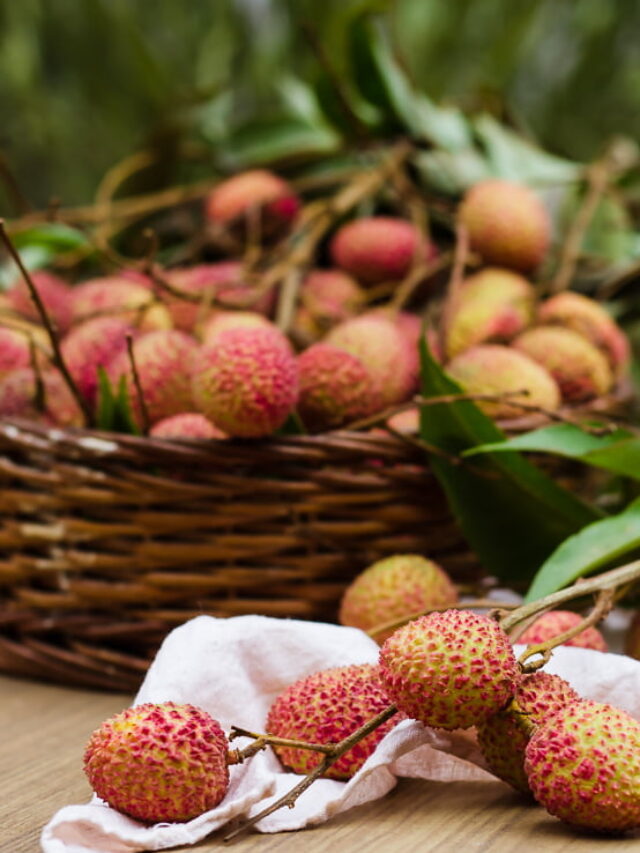Punjabi Wadi is a traditional Punjabi dish made from ground lentils and spices. It is typically prepared by soaking and grinding urad dal (black lentils) and mixing it with various spices such as red chili powder, turmeric, cumin, coriander, and fenugreek. The mixture is then shaped into small balls or discs and dried in the sun or by using a dehydrator.
These dried balls or discs are called Punjabi Wadi, which can be stored for a long time and used in a variety of dishes such as curries, soups, and stir-fries to add flavor and texture. Punjabi Wadi is a popular vegetarian ingredient in North Indian cuisine and is known for its nutty, earthy, and spicy taste.
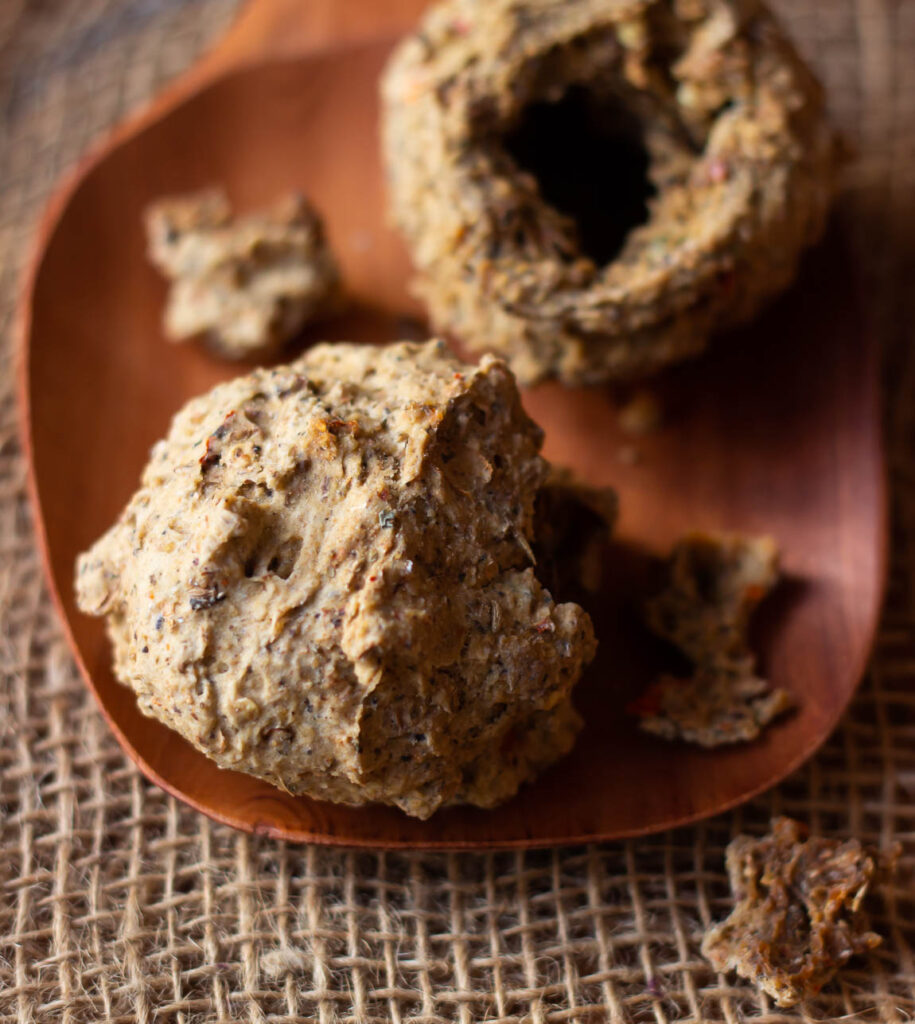
Punjabi Wadi, also known as Uradi, is a rich source of nutrients and offers several potential health benefits which include:
- Rich in Protein: Punjabi Wadi is a good source of plant-based protein, which is important for building and repairing tissues in the body.
- High in Fiber: The high fiber content in Wadis helps to keep the digestive system healthy, regulate blood sugar levels, and prevent constipation.
- Low in Fat: Uradi is a low-fat food, making it a good option for those looking to maintain a healthy weight.
- Provides Essential Nutrients: It is rich in essential nutrients such as iron, calcium, and magnesium, which are important for maintaining strong bones and teeth and preventing anemia.
- Versatile Ingredient: Punjabi Wadi can be used in a variety of dishes, adding flavor and texture while boosting the nutritional content of the meal.
Overall, Punjabi Wadi is a nutritious and delicious ingredient that can provide a range of health benefits when consumed as part of a balanced diet.
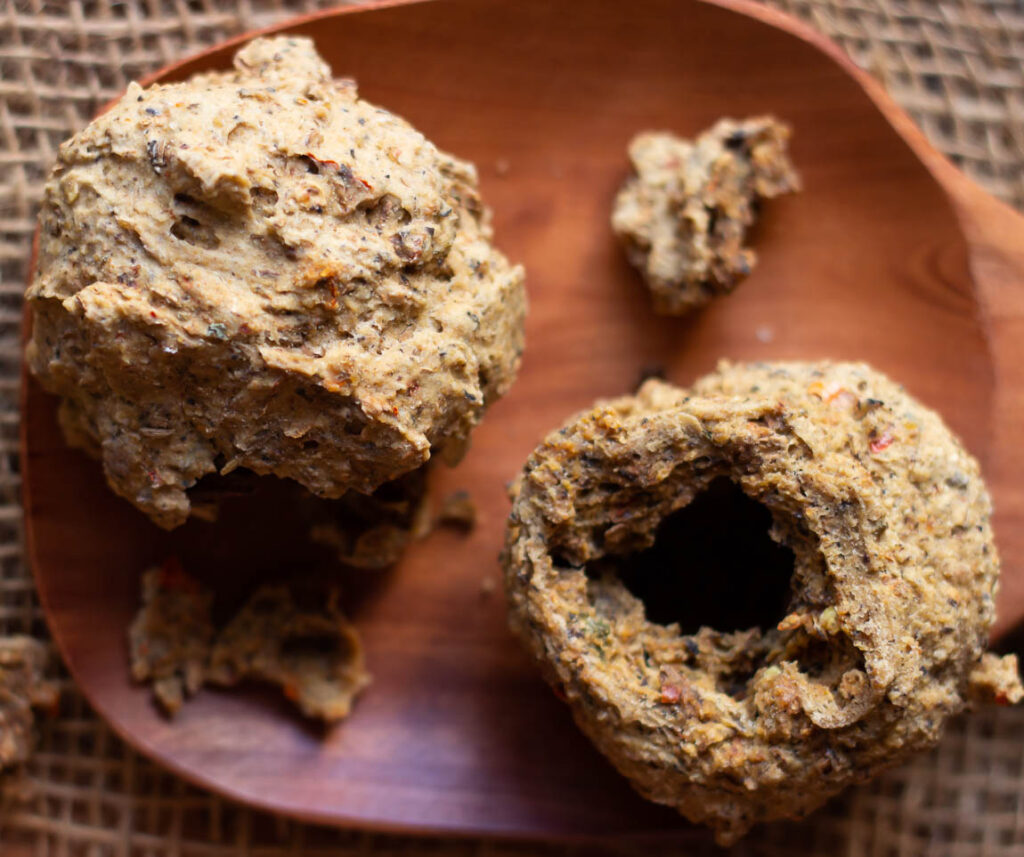
Punjabi Wadi is versatile and can be used in several dishes. It is typically made in large batches and can be stored for several weeks or even months, making it a convenient option for meal prep. Here are some easy ideas to make Punjabi Wadi quickly when you are short on time or need the spicy dish to lift up your meal:
- To add flavor and texture to curries: Wadis can be added to vegetable curries to enhance the flavor and texture of the dish.
- To make stir-fries: It can be crumbled and used as a protein source in stir-fries with vegetables and noodles. Very similar to adding gatte (or besan steamed bites).
- To make soups: Punjabi Wadi can be added to lentil soups or stews to add protein and flavor.
Punjabi Wadi can be used in any recipe that calls for lentils or a vegetarian protein source. It adds a delicious nutty and spicy flavor to dishes and is a great way to add plant-based protein to your diet.
Drying Wadis is an important step as it helps to preserve the dish and give it a longer shelf life. Here’s how to dry Punjabi Wadi:
- After making the Punjabi Wadi mixture, shape it into small balls or discs. Usually, it is available as balls.
- Place the Wadis on a clean, dry surface, such as a tray or fine muslin cloth, and leave them to air dry for a few hours. This helps to remove excess moisture from the Punjabi Wadi.
- Once they have dried slightly, place them in a sunny and well-ventilated area to dry completely. Alternatively, you can use a dehydrator to dry them.
- Turn the Uradi occasionally to ensure that they dry evenly on all sides.
- Drying may take up to a few days in strong sunlight. Do not rush drying, otherwise, moisture may not be completely removed and it will attract fungus.
- Once the Punjabi Wadi is completely dry, store them in an airtight container.
It’s important to note that the drying time may vary depending on the weather and humidity. They should be completely dry and hard to the touch before being stored. Dried Wadis will last for several weeks when stored in an airtight container in a cool, dry place.
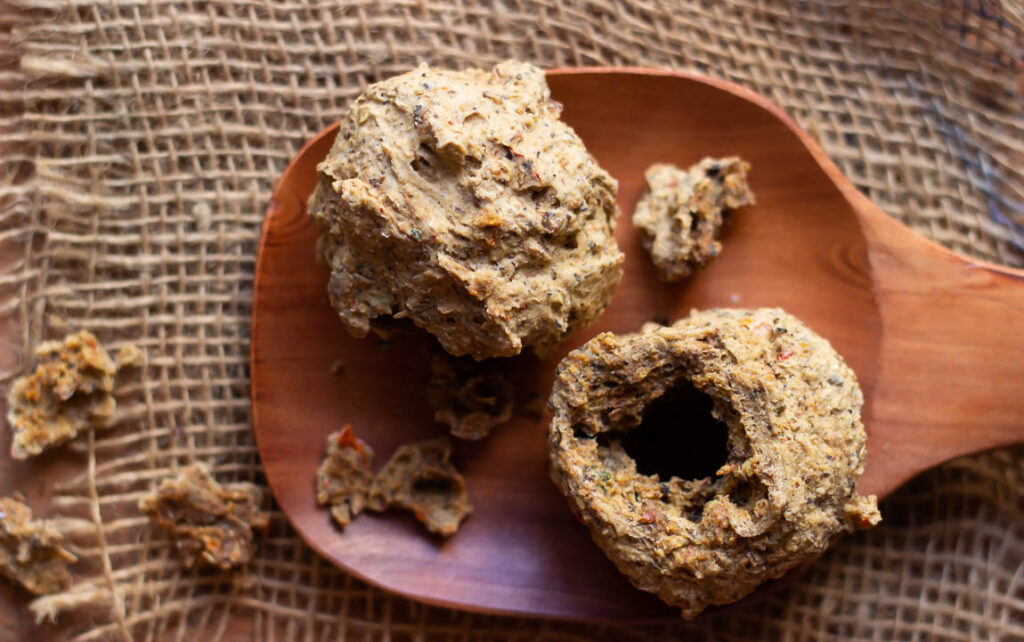
Proper storage is important to maintain the quality and shelf life of Wadi or uradi. Here’s how to store them:
- Ensure that they are completely dry before storing them. If there is any moisture left, it can cause the Wadi to spoil.
- Store them in an airtight container or ziplock bag to prevent moisture from entering.
- Keep the container in a cool, dry place away from direct sunlight, as exposure to sunlight can cause the Punjabi Wadi to spoil.
- Avoid storing Wadis in a humid area, as moisture can cause mold to form.
- Check Uradi periodically for any signs of spoilage, such as a change in color or odor. Discard any Punjabi Wadi that appears to be spoiled.
With proper storage, they can last for several weeks or even months. It is a versatile ingredient that can be used in a variety of dishes, making it a convenient option for meal prep.



